Computer Science Doctorate Program of Binus University invited me to provide an Industrial Talk for their PhD-level students. I offered them a talk on the evolution of economy and technology towards the era of complexity.
The day for the lecture was December 2nd. But since I was in Bandung that day, the lecture was carried out as a zoominar. The moderator was Dr Agung Trisetyarso; and the sponsor was surely Dr Ford Lumban Gaol, the Vice Chair of Binus University Doctorate Program in Computer Science, who is also the current Chair of the IEEE Indonesia Computer Society Chapter.
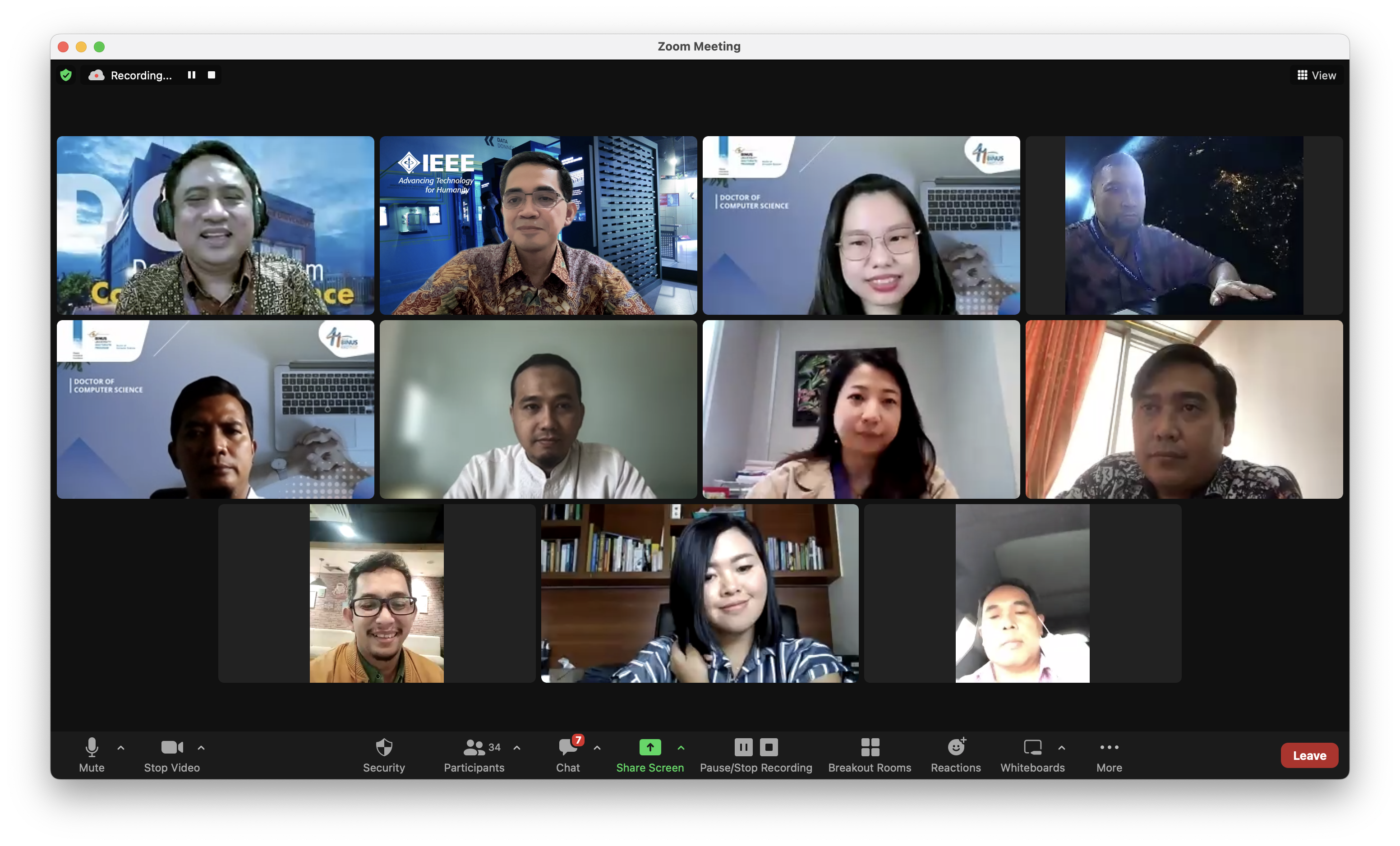
I started the talk by introducing the IEEE TEMS — Technology & Engineering Management Society, i.e. an IEEE society where I am currently a member of its Regional Leadership Subcommittee. TEMS aims to drive IEEE members in maintaining essential engineering management skills, supporting the leadership career path of IEEE members, and fostering active knowledge transfer between the academic and practicing communities.

The lecture continued by exploring the digital transformation in the contexts of digital strategy, digital architecture, and its innovative business model, which inevitably drive global business into ecosystem-based collaborative business (Warner & Wäger 2019) with its platform-based value chain (Jacobides, Cennamo, Gawer 2018) and virtually-connected strategic collaborative network (Graça & Camarinha-Matos 2016). After discussing the methods in architecting business ecosystems, the lecture shifted to business ecosystem as paradigm shift (Cha 2020). I figured that it means that business ecosystems are considered as another inevitability in a more complex business environment — even for non-digital business.
Ecosystem players — i.e. business entities related to the ecosystems — may have different needs, goals, positions, and abilities. When interactions occur, members analyse, adapt, and form an evolutionary process. Adaptabilities within a business ecosystem shows that a business ecosystem is a system that has the characteristics of a complex adaptive system (CAS).
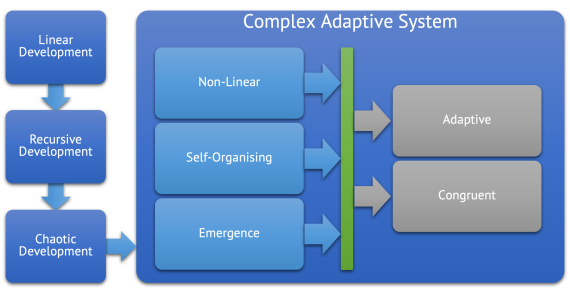
Adaptability in CAS occurs both to environmental changes and to changes in relation among players in the system (Arthur et al. 1997). Simultaneous and continuous adaptability among players in CAS will result in co-evolution (Gomes & Gubareva 2020). This co-evolution also allows changing roles in the business ecosystem. The result of this collective activity is adaptability that creates new things (emergence) with dynamic congruence.
But this is not a deep exploration on ecosystem business and CAS. Instead, this talk aims to provide some insights on the aspects of complexity, where CAS and ecosystem business are only some examples of its parts. I then restarted with a storytelling of the exploration of complexities, starting from Murray Gell-Mann, his book The Quark and The Jaguar, and the establishment of Santa Fe Institute.
The scientific method is the portmanteau of instruments, formalisms, and experimental practices that succeed in discovering basic mechanisms despite the limitations of individual intelligence. There are, however, on this planet, phenomena that are hidden in plain sight. These are the phenomena that we study as complex systems: the convoluted exhibitions of the adaptive world — from cells to societies. Examples of these complex systems include cities, economies, civilizations, the nervous system, the Internet, and ecosystems.
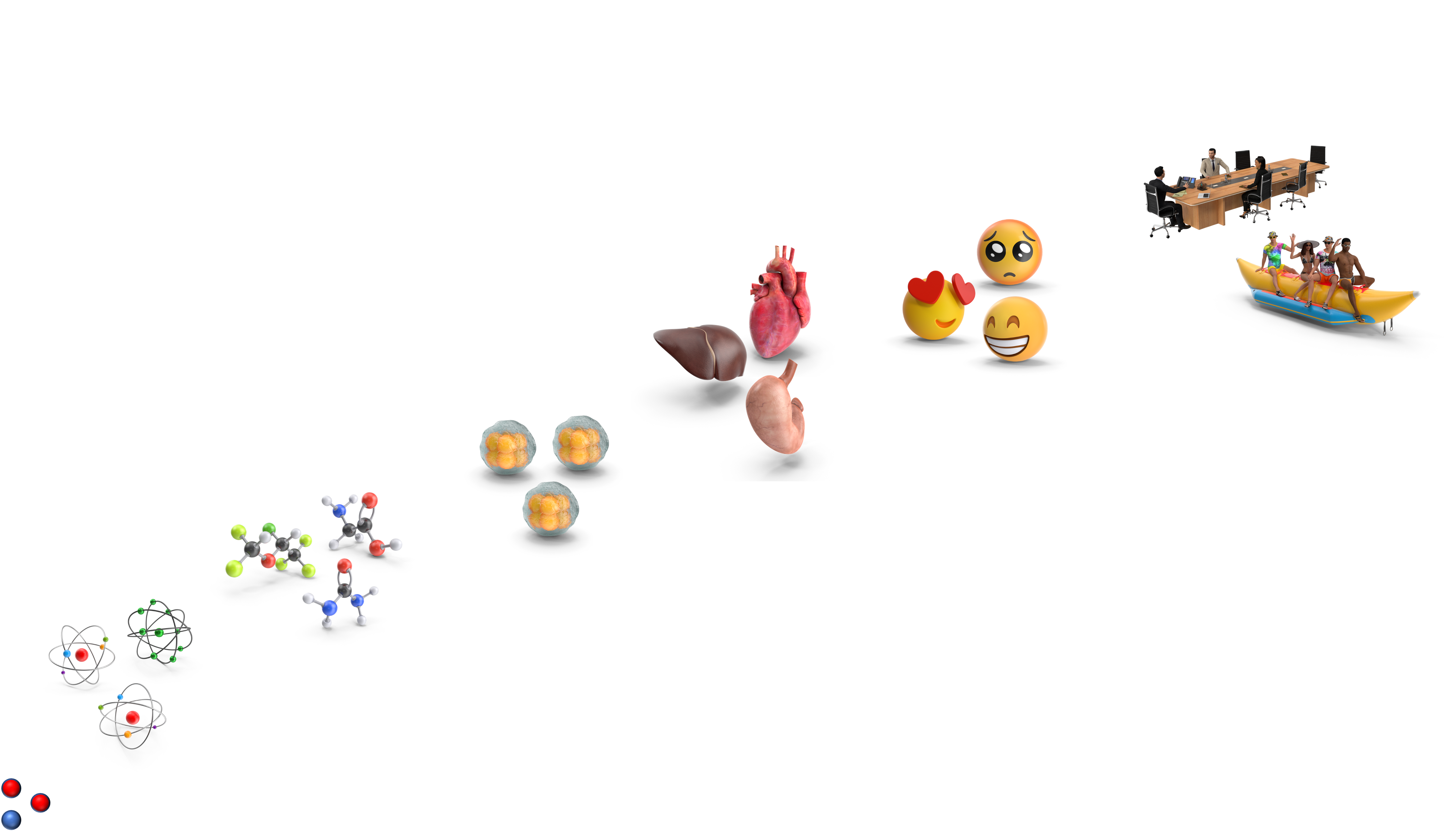
The nature of complexity would include the phenomena of non-linearity, dynamic interactions, adaptation, self-organisation, evolution, and emergence.
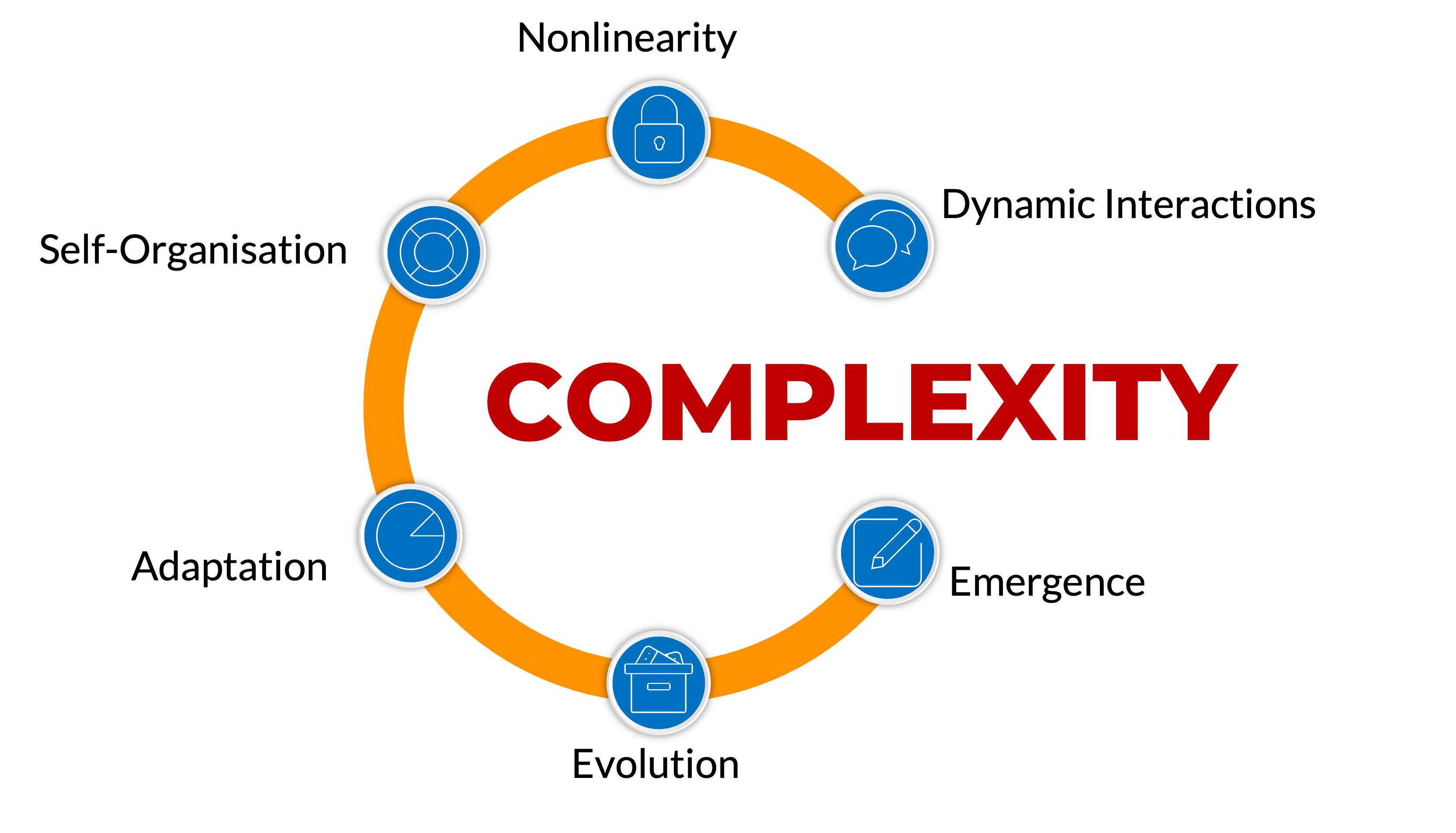
Its consequences in economy and business, is that economy is analysed not necessarily in equilibrium, its decision makers (or agents) are not superrational, the problems they face are not necessarily well-defined, and the economy is not as a perfectly humming machine but as an ever-changing ecology of beliefs, organising principles, and behaviours (Arthur 2021).
We continued from WB Arthur (2021): Complexity economics assumes that agents differ, that they have imperfect information about other agents and must, therefore, try to make sense of the situation they face. Agents explore, react and constantly change their actions and strategies in response to the outcome they mutually create. The resulting outcome may not be in equilibrium and may display patterns and emergent phenomena not visible to equilibrium analysis. The economy becomes something not given and existing but constantly forming from a developing set of actions, strategies and beliefs — something not mechanistic, static, timeless and perfect but organic, always creating itself, alive and full of messy vitality.
So my main message is that a competitive business should not avoid or overcome complexities. Instead, complexities are used or even created as a way to open new opportunities, design new capabilities, and conquering new markets.
For its implication in strategic management, I offer a view from the IEEE to use — in this era — a framework called strategic planning for exponential era (SPX). I explored this framework quite deeply. It is taken from an IEEE book authored by Espindola and Wright (2021), titled The Exponential Era: Strategies to Stay Ahead of the Curve in an Era of Chaotic Changes and Disruptive Forces.
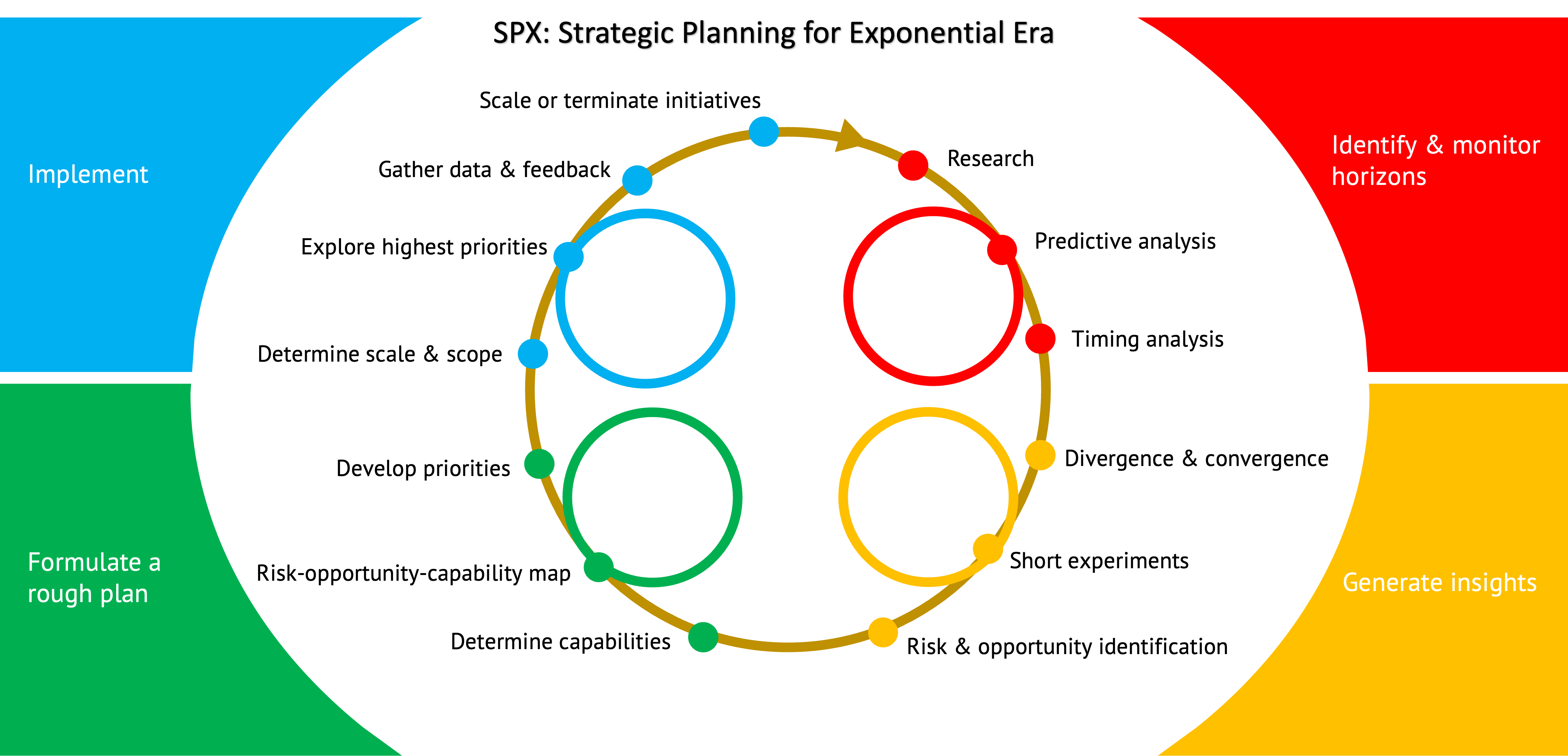
My presentation was followed with a warm discussion with Binus’ lecturers and students on some technological and business aspects of complexity, complex adaptive system, and ecosystem-based business, including its current implementation in Telkom Indonesia. I also offered to continue the discussion using a collaborative framework of IEEE TEMS.

